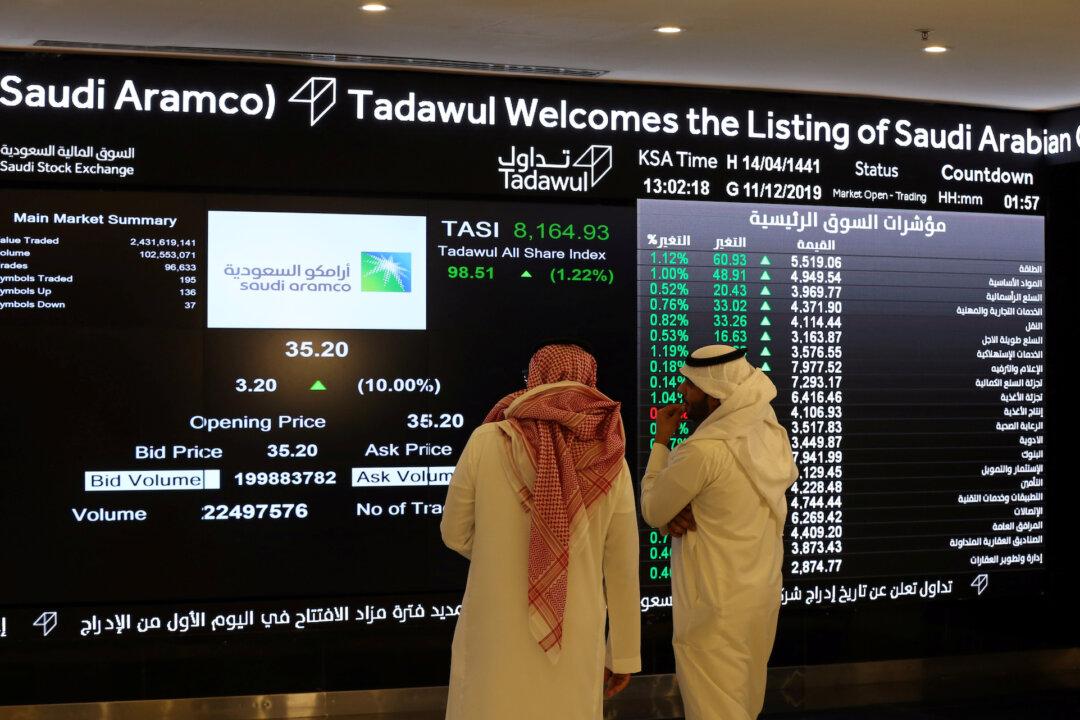Stocks in the Persian Gulf plunged in trading on Jan. 5, as tensions between the United States and Iran roiled markets following the killing of a top Iranian military commander.
Gen. Qassem Soleimani, the architect of Tehran’s overseas military operations, was killed early on Jan. 3 in a U.S. drone strike on his convoy at Baghdad’s airport.





